As a commercial property owner, ensuring the electrical safety of your building is crucial to protecting both your assets and the people who work or visit your premises. Electrical hazards can lead to fires, electric shocks, and equipment damage, making it essential to implement robust safety practices. This article outlines key electrical safety tips to help commercial property owners maintain a safe environment and avoid costly or dangerous issues.
1. Hire a Qualified Commercial Electrician for Regular Inspections
The foundation of electrical safety starts with hiring a professional commercial electrician to carry out regular inspections. A qualified electrician can assess the condition of your electrical systems and identify potential risks such as outdated wiring, overloaded circuits, or faulty equipment. It is recommended to schedule routine inspections—ideally once a year—but the frequency may need to increase depending on the age and complexity of your system.
Electrical systems naturally wear down over time, so regular checks ensure compliance with safety regulations and help improve the longevity of your system. A qualified electrician can also suggest upgrades or replacements of old or inefficient equipment, reducing your risk of power failures or fire hazards.
2. Install Circuit Breakers and Fuses
Circuit breakers and fuses are designed to prevent electrical overloads by automatically shutting off the power when a system is under excessive strain. These protective devices play a crucial role in electrical safety, preventing electrical fires and equipment damage. Ensure that your building is equipped with modern circuit breakers that can handle the demands of your electrical load.
If your building is older, the circuit breakers may need an upgrade to accommodate the increased electrical load of modern appliances and technologies. A qualified commercial electrician can assess whether your current system meets the demands of your property.
3. Educate Employees and Tenants on Electrical Safety Practices
Electrical safety isn’t just the responsibility of property owners and electricians—it’s also important to educate employees or tenants about how to use electrical systems safely. Provide training on basic electrical safety, including guidelines on:
- Never overloading outlets
- The safe use of extension cords
- Reporting damaged electrical equipment
- Avoiding water around electrical outlets or devices
Encourage everyone to report any electrical hazards or faulty equipment immediately. Prompt action can prevent more significant issues down the line, such as fire hazards or power outages.
4. Use Proper Wiring and Electrical Components
To ensure the long-term safety of your electrical system, always use proper wiring and electrical components when making repairs or installations. Substandard or outdated materials are a significant cause of electrical hazards. When updating or expanding your electrical system, ensure that all wiring meets the latest standards and codes.
It is also crucial to regularly inspect your wiring, particularly in high-traffic areas or places where equipment is frequently used. Exposed or frayed wiring should be addressed immediately to prevent shock risks and fire hazards.
5. Maintain Electrical Panels and Keep Them Accessible
Electrical panels serve as the control centre for your electrical system. For electrical safety, it’s important to keep these panels clean, accessible, and free of obstructions. Make sure the area around the panel is clear, allowing for easy access in case of an emergency.
It’s also essential to regularly check the electrical panel for signs of overheating, such as discolouration or scorch marks. If you notice any issues, call a commercial electrician to inspect and repair the panel as necessary.
6. Install Residual Current Devices (RCDs)
Residual Current Devices (RCDs) are electrical safety devices that automatically cut the power when they detect a difference between the live and neutral wires, which can indicate a leakage of electricity, such as when an electric shock occurs. RCDs are a critical safety feature, particularly in areas where water is present, such as kitchens, bathrooms, and outdoor spaces. Installing RCDs is an important measure to protect both your property and the people in it.
Ensure that RCDs are properly installed and tested regularly to ensure their effectiveness.
7. Upgrade to Energy-Efficient Lighting and Equipment
Energy-efficient lighting solutions, such as LED bulbs, can significantly reduce the electrical load on your system, saving energy and enhancing electrical safety. Overloading your electrical circuits with inefficient lighting and equipment increases the risk of electrical fires. Upgrading to energy-efficient solutions not only improves safety but also lowers operating costs.
Additionally, when replacing old electrical appliances or equipment, choose energy-efficient models that are properly rated for your building’s electrical capacity.
8. Know How to React During an Electrical Emergency
In the event of an electrical emergency, such as a power outage, short circuit, or electrical fire, it’s vital to know how to respond. Ensure that you and your employees or tenants understand the emergency procedures. This includes:
- How to safely turn off the power
- How to use a fire extinguisher for electrical fires
- When to call emergency services or an electrician
Training and preparedness can reduce damage and save lives in an emergency.
Conclusion
Electrical safety is a crucial consideration for commercial property owners. By following these essential tips—hiring qualified electricians for regular inspections, installing proper safety devices, educating employees and tenants, and upgrading your electrical systems—you can significantly reduce the risks associated with electrical hazards. Prioritising electrical safety not only protects your property but also creates a safer environment for all who work or live in your building.
Taking proactive steps today will help ensure the long-term safety, efficiency, and reliability of your commercial electrical system, reducing the likelihood of costly repairs, downtime, and safety incidents.


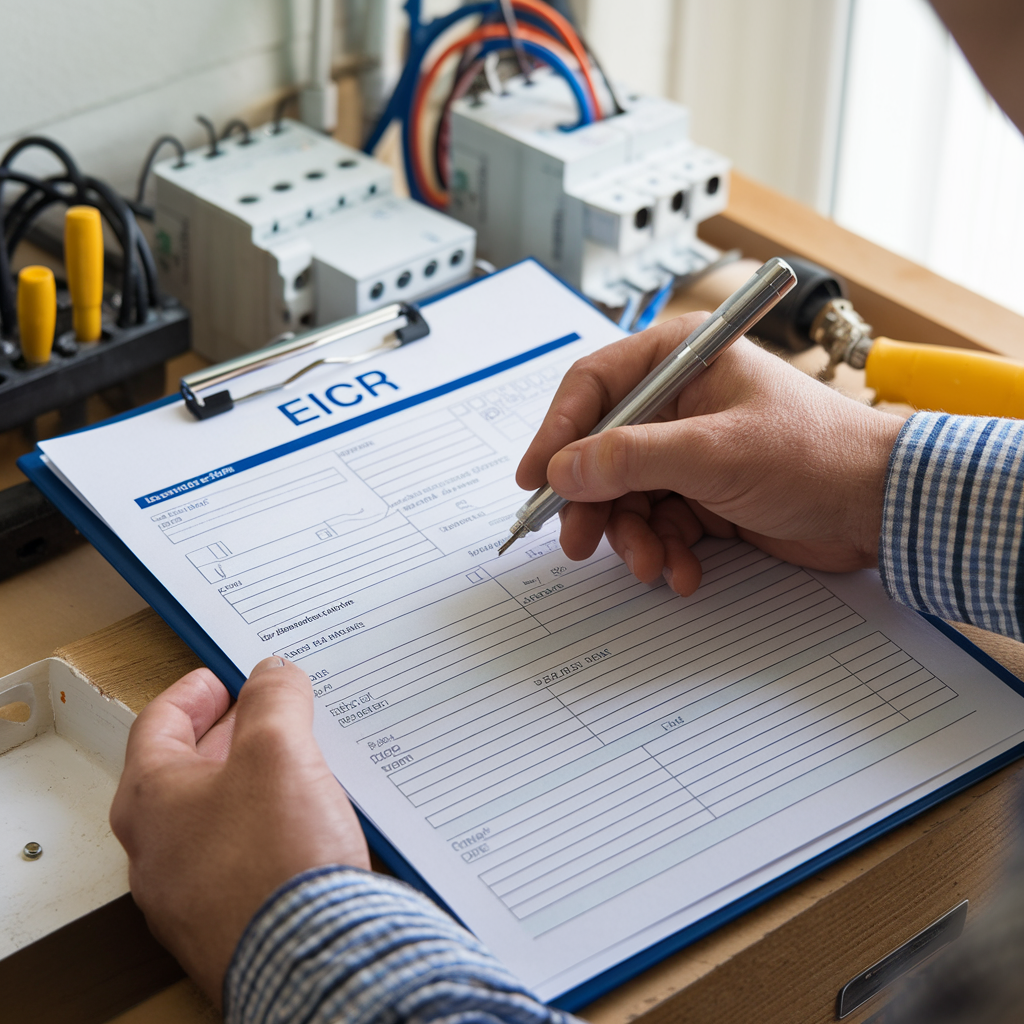
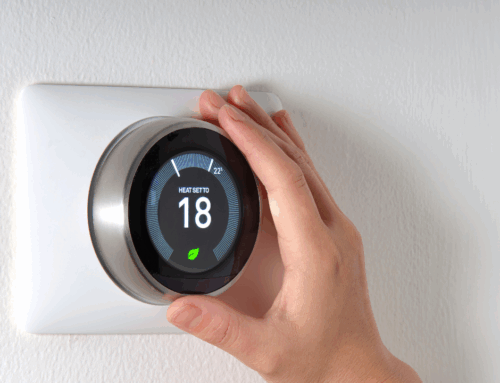
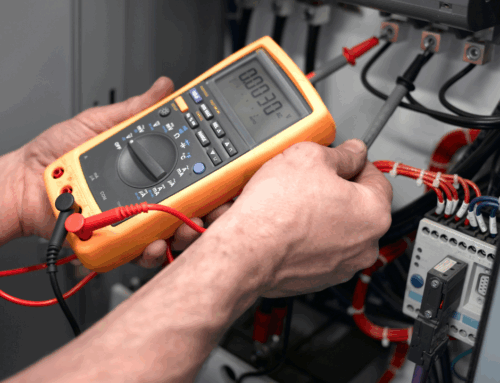
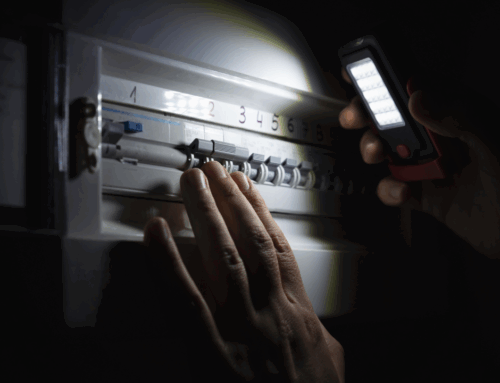
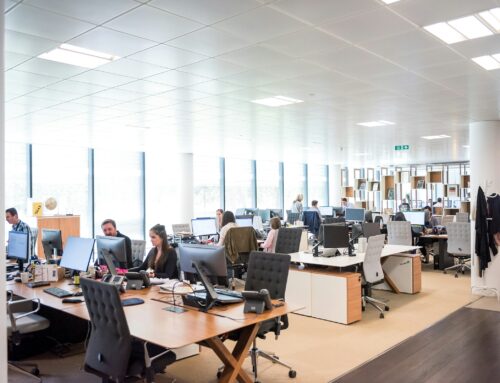
Leave A Comment